Notes Changed in Organ Music Lasting 639 Years
Hundreds of people gathered in a church in Germany last week for an unusual musical event: a small change in a piece of organ music that began playing in 2001. The last time the notes changed was seven years ago.
The piece is called “Organ/ASLSP”. The ASLSP stands for “As Slow As Possible”. It was written by composer John Cage. Mr. Cage developed many unusual musical ideas. In another piece, called “4′33″”, the musicians simply remain silent for four minutes and 33 seconds.
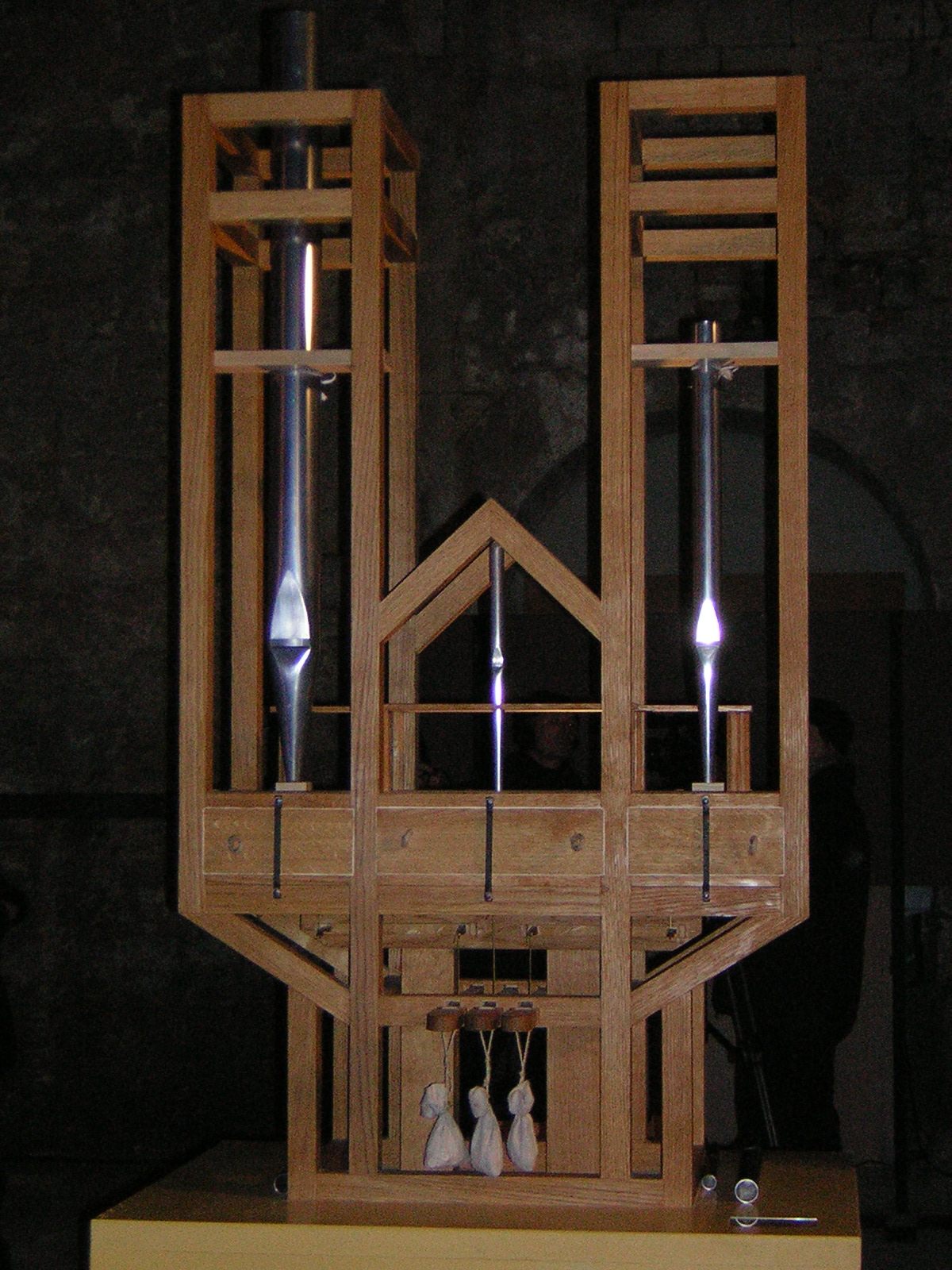
(Source: [Public domain], via Wikimedia Commons.)
Though the music is just eight pages long, the current performance of “Organ/ASLSP” is expected to take 639 years. If all goes well, it should end in 2640.
ASLSP is being played on a special organ, which isn’t completely built. Pipes are added to the organ as they are needed. Last Saturday, two new pipes were added.
Now the organ will keep playing the same notes until the next change, on February 5th, 2022.
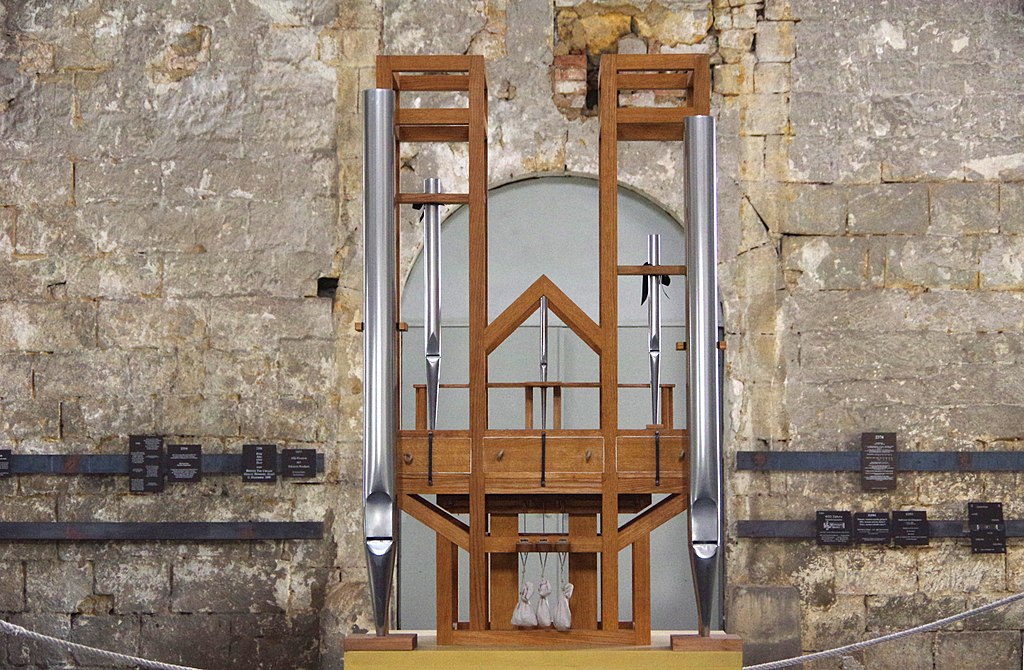
(Source: Clemensfranz [CC BY-SA], via Wikimedia Commons.)
Orca Who Lost Calf Gives Birth Again
In 2018, a female orca whale known as J35 gave birth to a calf that didn’t live. J35 became famous when she carried her dead calf around with her for 17 days. The action seemed to show how sad she was over losing her calf.
The news wasn’t just sad for the mother, but for all the orcas in the area.* These whales are endangered. Two years ago, there were only 88 left, and the numbers have kept dropping.
The orcas face many challenges, including polluted seas and increased boat traffic. The biggest threat is the lack of Chinook Salmon – a fish that’s the orcas’ main food source. Salmon numbers have been greatly reduced by human actions, like fishing and damming up rivers.
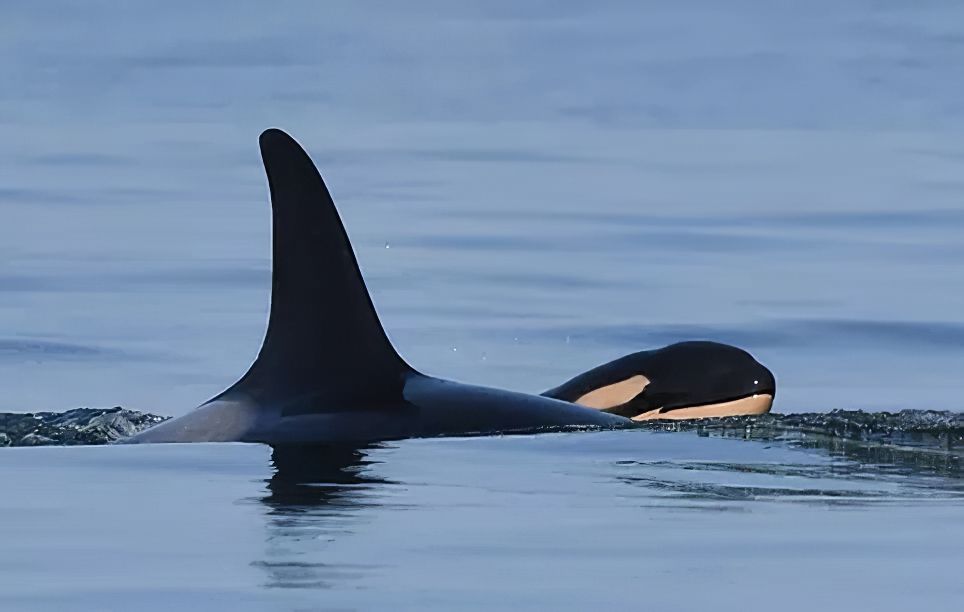
(Source: Photo by Katie Jones, Center for Whale Research.)
Now there’s some happy news for J35 – she’s had another calf, and this time it appears to be strong and healthy. The new orca has been given the label J57. With the birth of J57, there are now 73 orcas in the area.
Scientists report that several other orcas in the area are also pregnant.
Scientists Test World’s Most Powerful Camera – on Broccoli
Scientists at the SLAC National Accelerator Laboratory in Menlo Park, California are building a camera so big that it’s 13 feet (4 meters) long, and 5 feet (1.5 meters) across.
The camera’s pictures will be extremely high quality. If you look closely at your screen, you’ll see little colored dots called pixels. SLAC’s new camera has 3.2 billion of them. To see an image from the camera at full size, you’d need to join up 378 of the highest quality TVs there are.
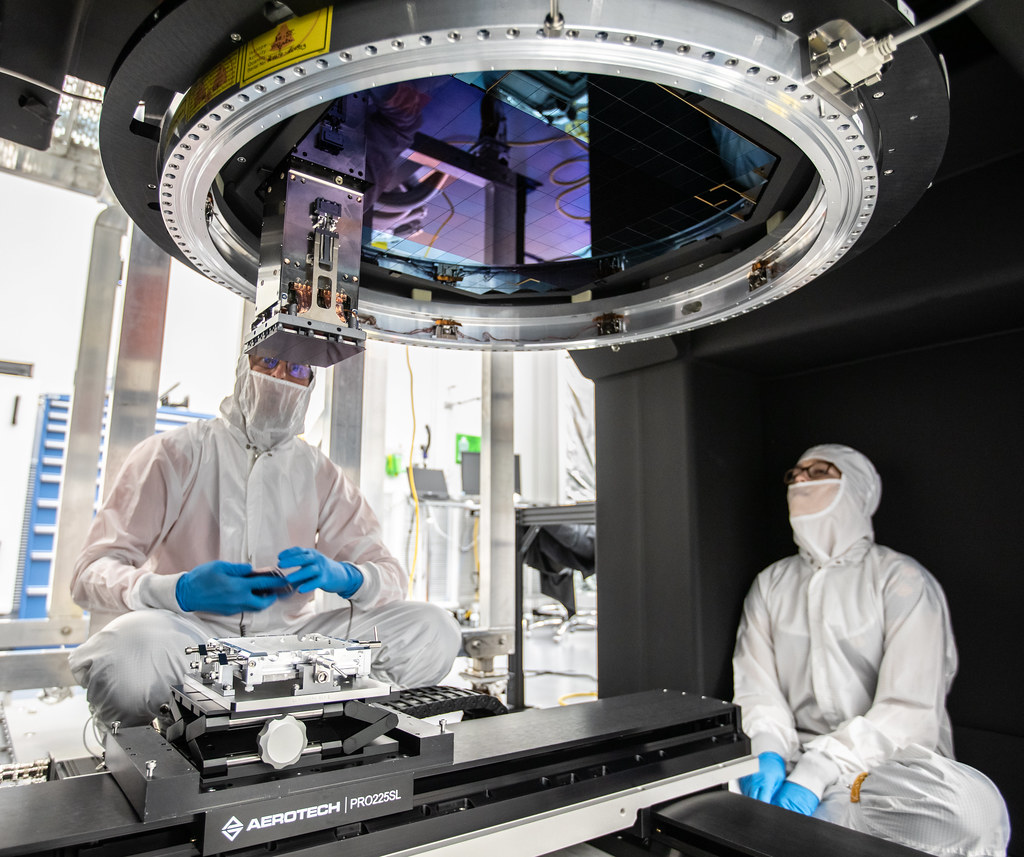
(Source: Jacqueline Orrell, SLAC National Accelerator Laboratory, via Flickr.com.)
The camera is designed to take pictures of the sky that cover an area as big as 40 moons. But the camera’s not ready to take pictures of the sky yet, since construction was delayed by the coronavirus.
Still, the scientists wanted to test the camera, so they build a special box that allows them to take super high-quality pictures of ordinary things. What did they decide to take a picture of? Broccoli! Luckily, it was a cool, spiral variety known as Romanesco broccoli.
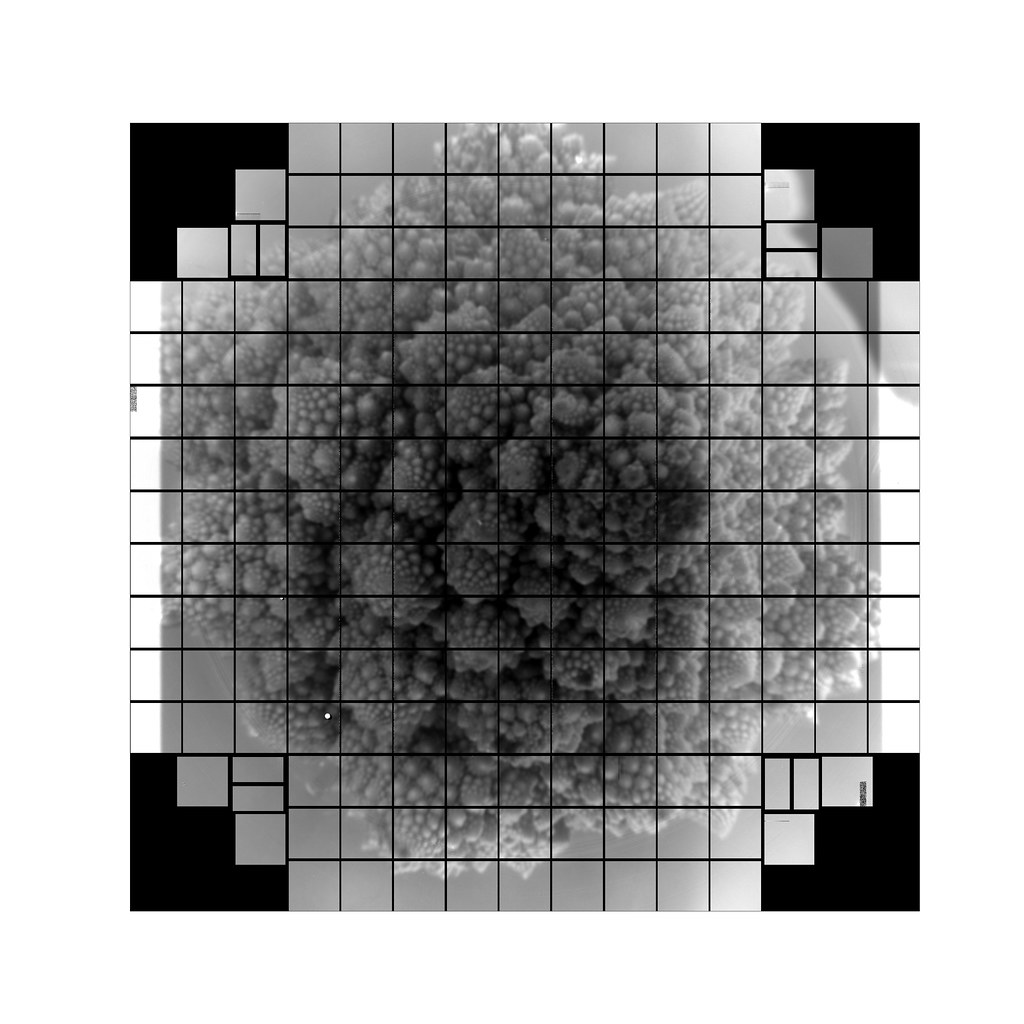
(Source: SLAC National Accelerator Laboratory, via Flickr.com.)
* The orcas featured in this article live off the west coast of North America, near the border of the US and Canada.
